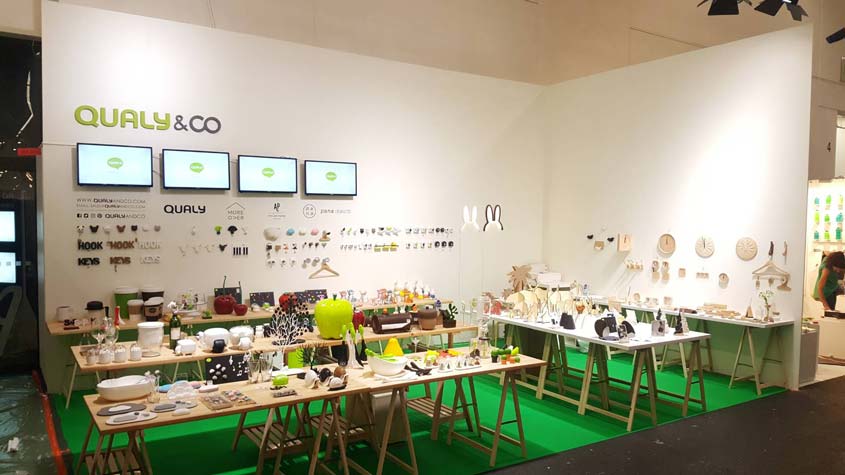WIPO’s Standing Committee on the Law of Trademarks, Industrial Designs and Geographical Indications (SCT), attended by 77 Member States, four intergovernmental organizations and 16 non-governmental organizations, met from May 7 to 11 to pursue work on the following issues.
New types of marks
The Committee examined Member States’ legislation and trademark office practices in relation to the registration of three-dimensional marks, color marks and sound marks. The exchange will continue at the SCT’s November session in respect of other types of marks, such as motion marks, position marks, hologram marks, slogans, smell, feel and taste marks, and is expected to result in a set of practices for Member States relating to the representation of those types of marks in trademark office procedures.
Trademark opposition
The SCT discussed at length the issue of trademark registration opposition procedures, which offer third parties the opportunity to object to a trademark either before or after it was registered with a trademark office. Delegates considered the grounds of opposition, and examined the experience of SCT members with regard to pre-registration or post-registration opposition. Other issues addressed included third-party observations made in the course of opposition procedures, cooling off periods allowing for settlement negotiations, Member States’ experiences of introducing new opposition systems, and the effect that abolishing office examination as to prior rights can have on the number of oppositions filed. A document summarizing key learning points derived from the experiences of national and regional offices regarding opposition procedures will be considered by the SCT at its next session.
Industrial designs
The SCT fine-tuned a detailed questionnaire concerning industrial design registration in member countries, and gave the go-ahead for a comprehensive survey on various industrial design registration systems. This will be conducted in two stages, the initial survey covering design registration formalities, and the second part, later this year, covering questions of substantive design law. The exercise is intended to map the industrial design protection landscape of Member States and to explore the border areas between marks, industrial designs and copyright. This initiative, launched at the previous session, will inform the SCT’s future deliberations as to whether approximation of design legislation is desirable and feasible.
State emblems, and names and abbreviations of non-governmental organizations
Delegates also worked on improving certain aspects of the procedure for the protection of state emblems and of names and abbreviations of international organizations under Article 6ter of the Paris Convention. The WIPO secretariat demonstrated a test version of a new online searchable database containing some 2,400 records of protected state emblems and names, abbreviations and emblems of intergovernmental organizations. Such signs are generally excluded from use as trademarks. The database does not have legal effect, and inclusion of signs is of a purely informative nature, but by improving public access to this data, it enhances the protection of those signs against unauthorized registration or use as trademarks.
The next meeting of the SCT is scheduled to take place from November 12 to 16.
Based on WIPO Press Update 2007/294

